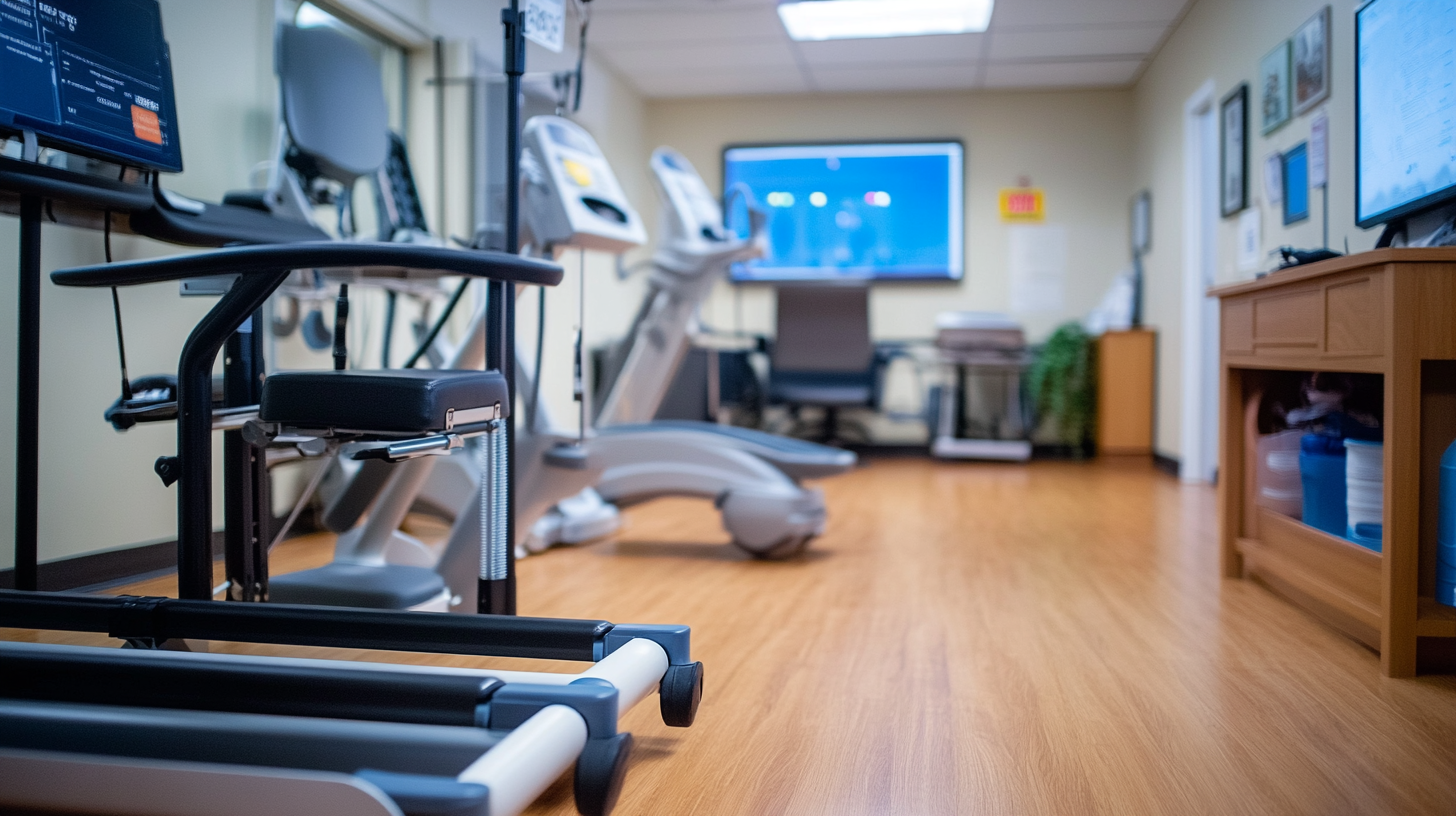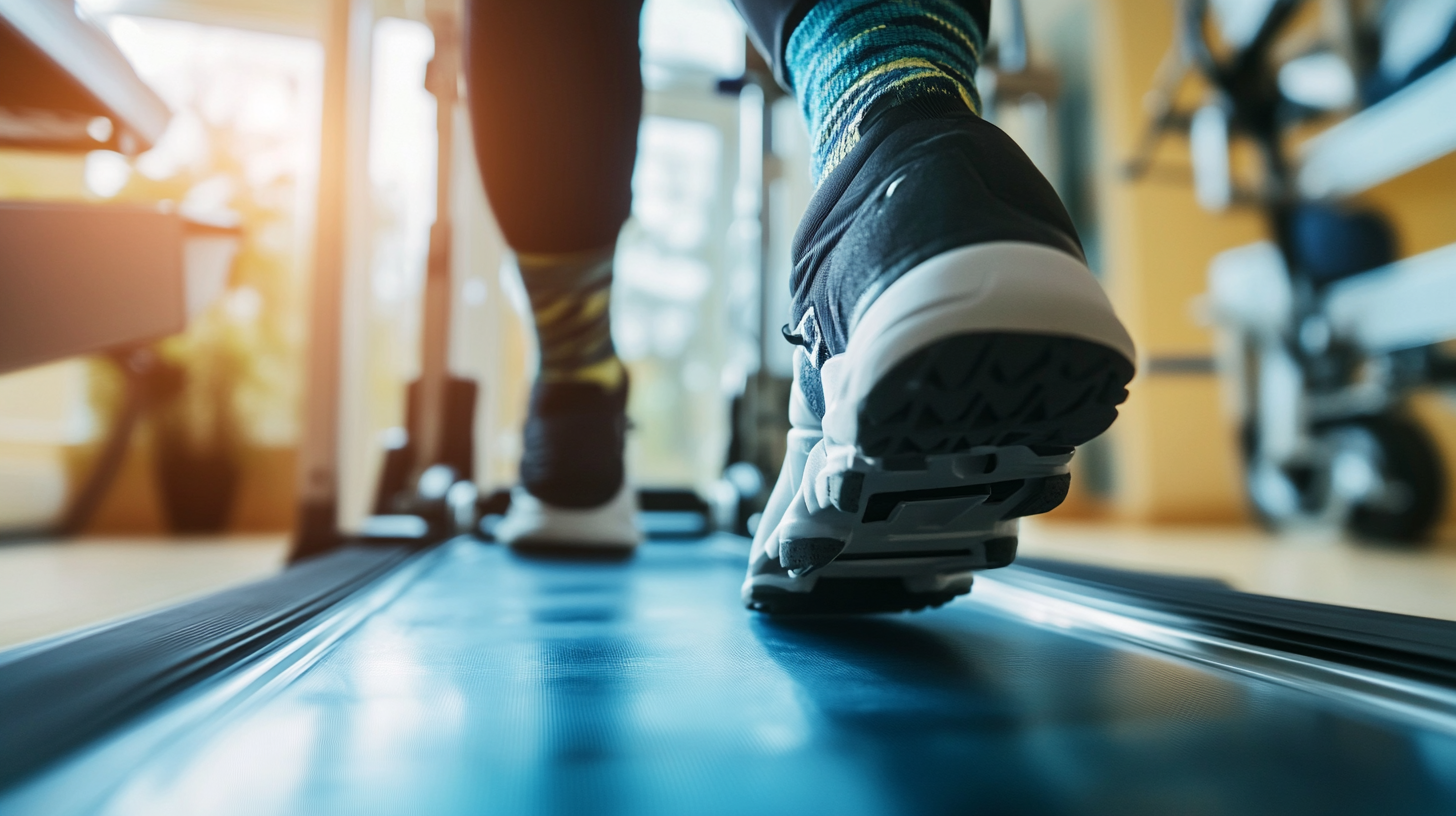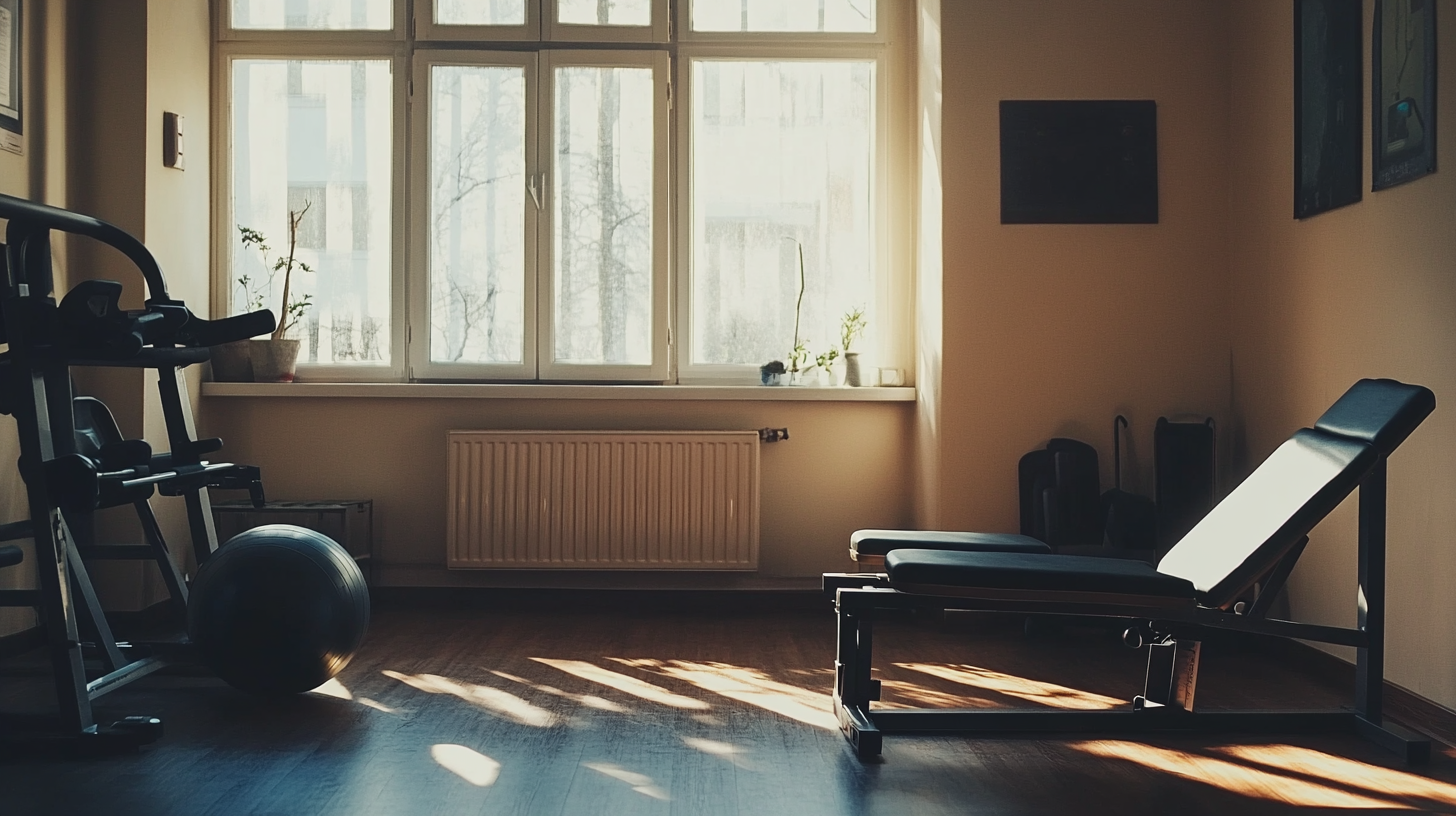5 Key Benefits of Using Rehab Equipment for Home Recovery You Shouldn't Ignore
In recent years, the importance of rehabilitation equipment for home recovery has become increasingly recognized by both healthcare professionals and patients alike. As we navigate through life’s challenges, whether due to injury, surgery, or chronic conditions, having access to effective rehab equipment can significantly influence the healing process. The convenience of using rehab equipment for home not only facilitates regular access to necessary therapies but also empowers individuals to take control of their recovery journey in a familiar and comfortable environment.
The benefits of utilizing rehab equipment at home extend beyond convenience; they encompass improved mobility, enhanced motivation, and the ability to tailor recovery routines to fit personal schedules and needs. This blog will delve into five key benefits of using rehab equipment for home recovery that should not be overlooked. By understanding these advantages, patients can make informed decisions about their recovery strategies, ultimately leading to better health outcomes and a more fulfilling return to daily activities.

Maximizing Rehabilitation with Home Equipment: A Personal Journey
In my personal journey of recovery, utilizing rehab equipment at home has made a significant difference in my rehabilitation process. The freedom and accessibility of having specialized equipment right in my living space have not only promoted consistency but also provided me with the confidence to push my limits safely. With essential tools like resistance bands, therapy balls, and stationary bikes at my disposal, I can tailor my workouts to fit my rhythm and recovery needs. One of the most remarkable aspects of using rehab equipment at home is the ability to incorporate exercises into my daily routine seamlessly. No longer constrained by the time and location of a physical therapy clinic, I have the flexibility to engage in my recovery whenever I feel ready—whether it’s during a quiet morning, after work, or even in the comfort of my living room. This convenience has allowed me to maximize my rehabilitation, setting goals that align with my pace and progress. Moreover, the psychological benefits of having my rehab equipment readily available cannot be overlooked. It has transformed my mindset, fostering a sense of ownership over my recovery process. Instead of viewing rehabilitation as a chore confined to appointments, I now see it as an empowering part of my daily life. The familiarity of my routine and the supportive presence of my equipment encourage me to stay motivated and remain proactive about my health and well-being, ultimately playing a crucial role in my recovery journey.

Enhanced Healing: How Rehab Equipment Speeds Up Recovery at Home
Rehabilitation equipment has become increasingly important in the journey toward recovery at home. One of the key aspects is the incorporation of innovative technologies such as Pulsed Electromagnetic Field (PEMF) therapy. This non-invasive treatment harnesses electromagnetic fields to promote healing and can significantly enhance the restorative process when combined with physical exercises. By facilitating improved blood circulation and cellular repair, PEMF therapy speeds up recovery times and helps individuals regain their strength more effectively.
Another emerging trend in home recovery is the use of vibration plates. These devices have gained popularity for their ability to increase blood flow and stimulate muscle activity without intense effort. The science behind vibration therapy suggests that it can accelerate muscle recovery and alleviate soreness, making it an excellent adjunct to traditional rehab practices. As people seek efficient ways to heal from injuries or intense workouts, the integration of such tools into home routines offers a promising avenue for enhanced healing.
Furthermore, the versatility of recovery tools, from infrared light therapy to contrast baths, allows individuals to tailor their recovery regimens to their personal needs. Each of these methods targets different aspects of healing, be it through muscle relaxation, pain relief, or increased mobility. With an array of expert-approved recovery tools available, harnessing these technologies at home not only supports quicker recovery but also empowers individuals to take control of their health and wellness journey.

Increased Convenience: The Flexibility of Home Rehabilitation Equipment
In recent years, the trend of home rehabilitation has gained significant momentum, primarily due to the increased convenience it offers. Home rehabilitation equipment allows individuals to recover at their own pace without the need to travel to physical therapy facilities. With innovations in fitness technology, accessing high-quality rehab equipment is easier than ever. Reports indicate that the U.S. wellness and fitness products market size is projected to exceed $60 billion by 2025, driven by consumers seeking effective home solutions. This growing demand highlights the importance of investing in convenient and versatile equipment for recovery.
With companies like Strongway Gym Supplies revolutionizing home gym setups, there has been a noticeable shift towards more efficient use of space and resources. This evolution in home gym gear ensures that users can create a personalized recovery environment tailored to their specific needs. Whether it’s resistance bands for strength training or easy-to-use small weights, the accessibility of these tools can lead to better adherence to rehabilitation protocols.
Moreover, as seen in the Japanese fitness market trend where gyms now incorporate additional services such as laundry and karaoke, the integration of convenience into fitness routines is paramount. Providing the flexibility to perform rehabilitation exercises within the comfort of one’s home eliminates barriers such as transportation and scheduling conflicts, enabling a more consistent and ultimately effective recovery process. This trend underscores the importance of home rehabilitation equipment not just as a convenience, but as a critical component of holistic health management.

Tailored Recovery: Customizing Exercises with Home Rehab Tools
The journey to recovery often requires a tailored approach, and home rehabilitation tools play a crucial role in achieving personalized exercise regimens. As highlighted in recent initiatives, facilities like the University of Alberta's Cancer Rehabilitation Clinic emphasize the importance of customizing workouts to meet individual needs. This kind of tailored approach not only provides patients the flexibility to recover at their own pace but also ensures that each exercise is specifically designed to address their unique health requirements.
Creating a customized home workout space involves selecting the right equipment that is accessible and easy to use. This can significantly enhance a person's motivation to engage in daily exercises. With advancements in digital health tools, the ability to receive professional guidance remotely has increased, enabling individuals to access fitness programs and expert advice conveniently. Programs designed for older adults or those needing specific support can customize their exercise plans further, using self-modeled videos to facilitate their recovery processes effectively, demonstrating that personalized care is now more achievable than ever.
Furthermore, innovation in rehabilitation apps and technology, including brain rehab solutions, underscores the move towards individualized care. For instance, AI-driven virtual rehabilitation has shown promise in enhancing recovery outcomes, allowing individuals to engage in effective exercises tailored just for them, even in the comfort of their homes. These evolving methods mark a significant shift in home rehabilitation, illustrating that anyone can embark on their recovery journey with the right tools and customized support.
Cost-Effective Recovery: Saving on Time and Expenses with Home Equipment
The rising costs of healthcare have led many to seek cost-effective solutions for recovery from home. Utilizing rehab equipment for home recovery not only saves time but also significantly reduces expenses. According to a recent analysis, telehealth services alone have helped patients save considerable amounts of money associated with travel and time off work, demonstrating the importance of accessible healthcare options. With the average cost of installing necessary rehab equipment ranging from $15,000 to $22,500 in 2025, the benefits of investing in home recovery systems can quickly outweigh initial costs, especially when compared to expensive hospital stays.
Moreover, as states increasingly adopt Medicaid Estate Recovery policies, understanding the financial implications of healthcare is crucial. These programs aim to recuperate costs from individuals who may eventually require long-term care, emphasizing the need for proactive measures in managing health expenses. Home rehab equipment, which can facilitate effective recovery without the need for extended hospital stays, plays a pivotal role in this strategy.
Additionally, home recovery solutions can integrate seamlessly with modern medical practices, allowing patients to engage in telehealth while utilizing rehab tools at their convenience. This blend of technology and equipment enhances the recovery process, offering a comprehensive approach that is both efficient and economical. The effectiveness of home recovery tools not only accelerates healing but also aligns with contemporary healthcare demands for reduced costs and improved patient outcomes.

